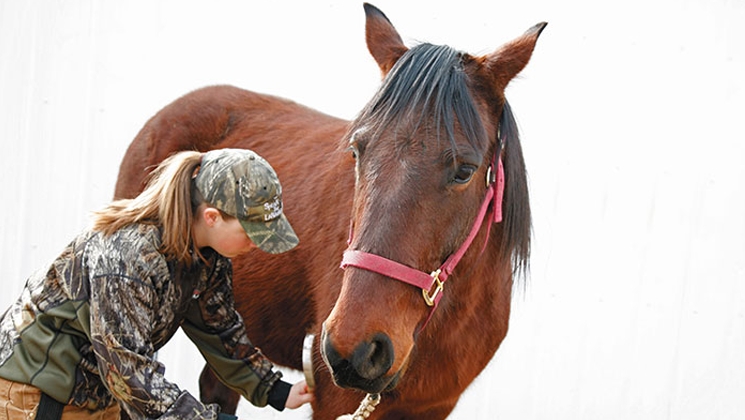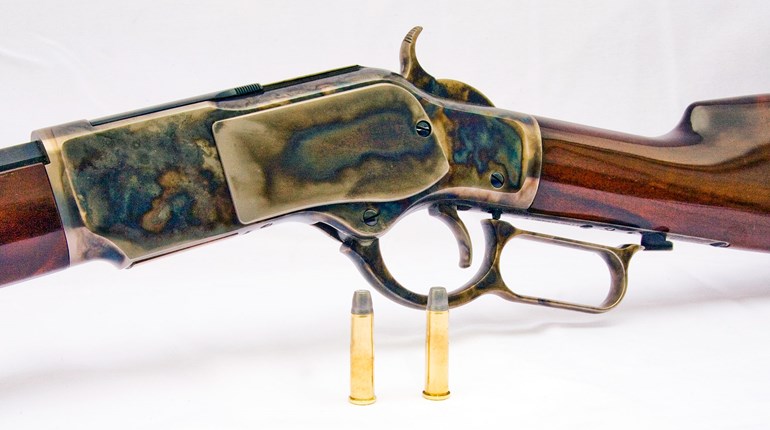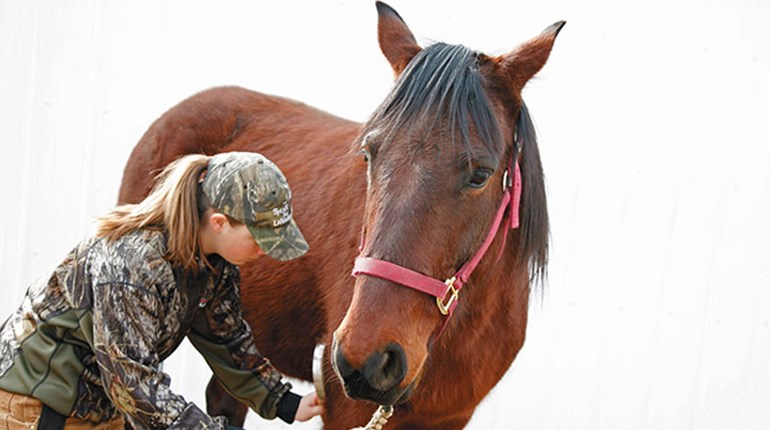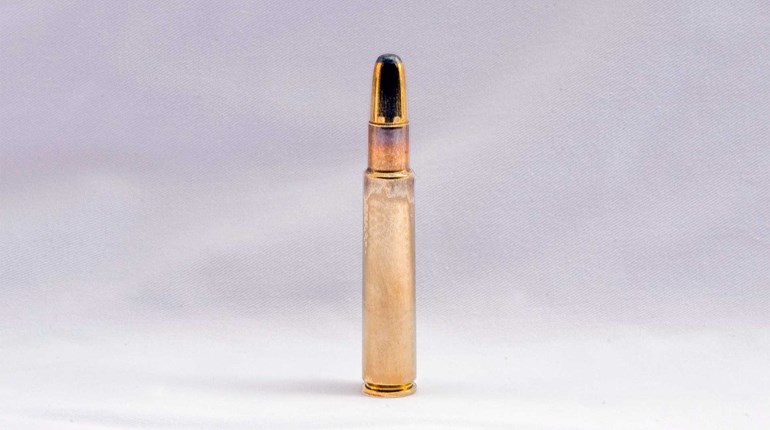
It has become almost axiomatic: To see more game-and bigger bucks and bulls-you simply have to get further away from civilization. To really get into the backcountry, horses are an ideal method of transportation. They are quiet, they don't require petroleum-based fuel to work, and horses are capable of going places no vehicle can.
Horses have been the primary means of getting about the wild country of North America since 1519, when Hernando Cortez brought 15 head of horses from Spain for Spanish homesteaders in Mexico. The use of horses for transportation and labor spread quickly, and within 100 years horses numbered in the millions throughout North America. Well into the 20thcentury, even decades after the invention of the automobile, some form of horsemanship was considered standard to a child's upbringing.
Lifelong commitment
Unless you are hunting with an outfitter or renting a horse, you will have to own a horse-a year-round proposition that involves considerable commitment. In order to get the most from a horse, the first thing you must realize is that they are not machines that can be turned on or off with a switch. Horses are living, sentient creatures that, like us, have feelings, moods, varying degrees of intelligence, as well as limitations.
As with any living thing, the key to a successful relationship is founded on mutual respect and trust. Your horse must respect you as the leader in the relationship and trust you to provide for him as well as keep him out of danger. That's no easy task, as horses evolved as prey animals and think accordingly. Startle a horse, and its initial reaction will be to flee or fight by lashing out at you with its most effective weapons-its hooves. For your part, you must respect your horse and its needs. It will rely on you for food and care. When you ask it to work-to head up the mountain, or perhaps downslope with a deer carcass on its back-you have a responsibility to ensure the load doesn't injure it or throw it off balance. Also, when the going gets tough, you'll need to recognize and respect its physical limitations. Do this correctly, and you'll have a “best huntin' buddy” for many years.
To build a foundation of trust and respect with a horse you'll need to spend time with it every day. Every relationship you will have throughout your life-human or animal-will be predicated on regular contact that fosters respect and trust. Animals key on others all the time, and this is especially true with herd animals like horses.
The basics
Never approach any horse from the rear if at all possible. If a rear approach is unavoidable, speak to it in a normal, encouraging voice before getting close enough to touch it. When you do get close enough to it, gently rub it on its rump. Rubbing is how horses show affection and is better than patting or slapping. Keep your voice gentle but strong and confident. Reserve a loud or sharp voice only for those occasions where there is an immediate need for it to pay strict attention to you and follow your commands, and even then it's best to use a loud or sharp tone very sparingly.
Whether you keep your horse on pasture or a fenced area is up to you, but make sure each horse has at least an acre-two horses need two acres, three will require three acres and so forth. The fence surrounding the field must be made properly and rigorously maintained. If the fence is strung with wire, avoid barbed wire and by no means should there be any woven or net wire. Net and barbwire will cut a horse's lower legs and lead to expensive vet bills, as well as limiting your ability to ride and train it. It also may erode the respect and trust you are seeking.
Your horse will require regular feeding and plenty of clean, fresh water. Depending on the time of year, a horse typically requires five to 10 gallons of water each day-even more if it is working during hot weather. If you feed it hay, plan on 2 to 2.2 pounds for each 100 pounds of body weight. A 1,000-pound horse needs 20 to 25 pounds of feed per day. When you buy hay make sure it is clean and free of mold or dust, either of which can cause colic-a potentially deadly condition. Your horse should have access to a mineral block to keep its electrolytes at their proper level.
A horse is all about legs and feet, so you'll need to inspect and maintain them regularly. Check the legs for injuries or swelling every day. Its hooves will clog with dirt, so you should clean them regularly with a hoof pick. Look for signs of laminitis, also known as foundering. At the least this can cause lameness-the horse's feet are too sore to walk-and in severe cases it can cause death.
On the mountain
OK, it's opening day, and you've spent the summer riding your horse, building that all-important relationship and your skills as a horseman. Here are a few tips to keep both of you happy and in one piece.
The mountain is not the place to hang a rifle-or anything else, for that matter-on your horse for the first time. It should not be the horse's first exposure to gunfire either. As much as you can, ensure that your horse has as few “new” experiences on the hunt as possible. Keep in mind when you put a rifle on your horse it adds about 10 pounds to one side of him. Imagine how you would feel trying to maintain your balance on a mountain trail with 10 pounds suspended on your side. Balance the auxiliaries, putting a bit more in the saddlebag on the opposite side of your horse.
A common mistake beginners make is taking too much stuff with them. Anything more than a lunch, some rope, a couple bottles of water and a small camera is too much to put into saddlebags. The bags ride right over a horse's kidneys.
Don't forget to bring your halter with a sturdy lead rope. Tying a horse up by its reins is for Hollywood actors and hunters who like to chase their horse off the mountain afoot. When you do tie it up in order to “take a look over yonder,” tie the reins short. A horse does not need to eat while tied and will probably foul himself up in the lead rope if allowed to.
Use common sense
Most horsemanship is common sense combined with a little experience to anticipate and avoid problems. Establishing a relationship based upon respect and trust with your horse is a full-time commitment. Horsemen are fond of saying that most horse and rider problems could be solved with wet saddle blankets, which means the more time you spend riding and developing that relationship, the fewer problems you will have…and you and your horse will benefit from the experience.






































